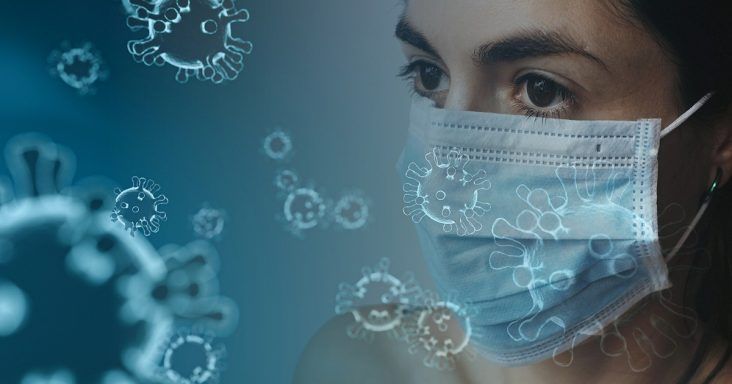Northeast Arkansas ground zero for new COVID-19 infections
by October 27, 2020 5:31 pm 2,234 views

Northeast Arkansas is awash in new COVID-19 infections making it the per capita epicenter of the state’s latest outbreak. Medical institutions throughout the region are pleading with residents to take precautions such as wearing masks and to social distance to curtail the number of cases and prevent the region’s medical facilities from becoming overwhelmed.
Northeast Arkansas now leads the state in admitted COVID-19 patients. During the last week, the region had a 7.7% growth rate which led the state – again. Hospitalization rates statewide are up and most are 65 years or older.
Last week, the White House Coronavirus Task Force identified 10 counties in the region as “COVID red zones.” As of Oct. 23, the eight Northeast Arkansas counties represented by the institutions – Clay, Craighead, Crittenden, Greene, Lawrence, Mississippi, Poinsett and Randolph – accounted for almost 20% of the active cases in Arkansas despite having just over 10% of the state’s population, according to the New York Institute of Technology College of Osteopathic Medicine at the Arkansas State University campus.
“We strongly urge everyone in Northeast Arkansas to remain vigilant in their efforts to limit the spread of the virus by wearing masks, washing hands and staying socially distant. Additionally, it’s imperative that you avoid large gatherings. A major surge of new COVID-19 cases could have a devastating effect on our communities. COVID is now the third-leading cause of death in our country, and it has sickened thousands of others, some of whom continue to suffer from long-lasting complications,” the medical school released in a statement.
Craighead County has 4,472 confirmed cases with 43 deaths as of Tuesday (Oct. 27). Crittenden County has 2,367 cases with 51 deaths. Mississippi County has 2,267 cases with 68 deaths.
The 11 largest medical institutions in Northeast Arkansas are asking residents to take recommended precautions.
“Our medical leaders have said for several months that the fall would likely bring a resurgence of cases, and that’s certainly what we’re now experiencing. As this time of year brings cooler temperatures and more indoor activities, the risk of transmitting the virus increases,” the medical school stated.
